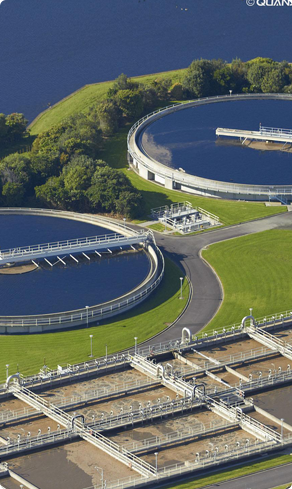Examples of Polycarboxylic Acids and Their Applications in Chemistry
Understanding Polycarboxylic Acids Examples and Applications
Polycarboxylic acids are a class of organic compounds that contain multiple carboxyl (-COOH) functional groups. These compounds play critical roles in various chemical processes and are essential in many industrial applications. This article delves into some notable examples of polycarboxylic acids, their properties, and their uses.
Common Examples of Polycarboxylic Acids
1. Citric Acid One of the most well-known polycarboxylic acids is citric acid, which contains three carboxyl groups. This organic acid is found naturally in citrus fruits like lemons and oranges. Citric acid is widely used as a flavoring agent in food and beverages, as well as a preservative due to its antioxidant properties. Additionally, in the food industry, it helps to regulate acidity and enhance flavors.
2. Tartaric Acid Another important polycarboxylic acid is tartaric acid, which contains two carboxyl groups. Tartaric acid is primarily found in grapes and is a key component in winemaking. It contributes to the stability of cream of tartar, which is a byproduct of wine production and is used in baking as a stabilizing agent for egg whites. The acid's unique crystalline structure also makes it useful in the food industry to create specific textures in certain products.
3. Malic Acid Malic acid, with two carboxyl groups, is present in various fruits, particularly apples. It is recognized for its sour taste and is commonly used as a food additive to enhance flavor. Furthermore, malic acid plays a role in the body's energy production process and is utilized in dietary supplements aimed at improving exercise performance and reducing fatigue.
4. Succinic Acid Succinic acid, a dicarboxylic acid with two carboxyl groups, is another significant polycarboxylic acid. It can be produced both naturally and through synthetic processes. Succinic acid is used in the manufacture of biodegradable plastics, as well as in the production of food additives, chemical intermediates, and solvents. Its versatility makes it important in the pharmaceutical and agricultural industries as well.
5. Adipic Acid With its two carboxyl groups, adipic acid is primarily used in the production of nylon, a synthetic polymer. This acid is an essential building block in the manufacturing of polyamides, which are used in textiles, plastics, and rubber products. The demand for adipic acid has increased significantly due to its applications in the automotive and electronics industries.
polycarboxylic acid examples

Applications of Polycarboxylic Acids
The applications of polycarboxylic acids extend beyond food and beverages. They are pivotal in numerous industrial processes
- Chemical Synthesis Polycarboxylic acids are important in organic synthesis, where they are used as intermediates in the production of various chemicals, including surfactants, plastics, and dyes
.- Pharmaceuticals Many polycarboxylic acids serve as key components in drug formulations, influencing solubility and pharmacokinetics.
- Agriculture Some polycarboxylic acids are used in fertilizers and soil conditioners, enhancing nutrient availability and soil structure.
- Personal Care Products In cosmetics and personal care products, polycarboxylic acids are often utilized for their pH-regulating properties and as stabilizing agents.
Conclusion
Polycarboxylic acids are a crucial aspect of both nature and industry, given their diverse range of chemical properties and applications. From flavoring agents in our food to essential components in the manufacturing of everyday products, these compounds exemplify the intersection of chemistry and practicality. Understanding their examples and applications can lead to deeper insights into how these acids contribute to various sectors, reinforcing their importance in both scientific research and industrial development.
-
Water Treatment with Flocculant Water TreatmentNewsJun.12,2025
-
Polymaleic AnhydrideNewsJun.12,2025
-
Polyaspartic AcidNewsJun.12,2025
-
Enhance Industrial Processes with IsothiazolinonesNewsJun.12,2025
-
Enhance Industrial Processes with PBTCA SolutionsNewsJun.12,2025
-
Dodecyldimethylbenzylammonium Chloride SolutionsNewsJun.12,2025





